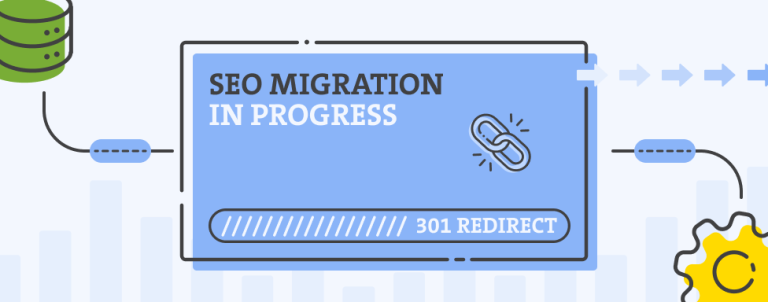Internal link structure of a website is of grate importance in terms of SEO. Well architecture link structure was always able to do SEO miracles. The internal linking technique SEO’s use in order to get a better ranking for some terms is called PageRank Sculpting.
What is PageRank Sculpting:
It’s basically a process of sacrificing some page’s ranking to increase the rank of another (more important) page on the same website. The tool for this method was famous link rel=”nofollow”.
This is how it works in practice:
You have a website about used cars. The website has 1000 pages (articles, products and who knows what not). Most of your pages rank for some long tail keywords but they do not make good conversions (they don’t really sell your products). People simply bounce of them.
You also have a page that has great conversion rate, however, the keyword you’re targeting with it is highly competitive and you just can’t get enough backlinks to rank on first page of major search engines for it.
What you do is simply put rel=”nofollow” on all of the existing 1000 pages of your website that make no conversions. Now all of your internal links pass their link juice (page rank value) on to this one page that’s left which improves that page’s PageRank significantly which results in higher ranking position on search engines.
This technique was used pretty often by experienced SEO’s and was actually considered pretty legitimate. You wouldn’t get penalized for doing this. It was simply a matter of smart internal linking strategy of your website.
However, now all of this has changed, according to what famous Google’s engineer Matt Cuts said on Q&A at SMX Advanced.
The internal PageRank flow doesn’t work this way anymore. If you have 20 links on a page and you put rel=”nofollow” on 15 of them, 5 of the remaining links will still receive only 1/20 of the link juice as they use to before no follow. You probably wonder what happens with 15/20 of link juice value that use to flow to the links that are now “nofollowed”. That link juice value simply vaporizes.
Basically what this means is, you can’t increase your rankings by nofollowing pages you don’t care about anymore. As the matter of fact, doing this would mostly hurt your rankings (on complex level of internal link structure and link juice flow which is to hard to explain without visualizing it) so it’s better to leave it without nofollow.
Now, what do we use nofollow for?
Well, rel=”nofollow” has become less useful but it still has lots of practical uses. For instance, it should be used for user generated content you don’t trust as they might link out to something you wouldn’t want to (think: malicious sites and similar).
UPDATE:
There were some respected SEO’s around the web that didn’t agree with this and blogged about how Matt Cuts never said it on SMX, however, now we have official confirmation about this from Matt Cuts.



